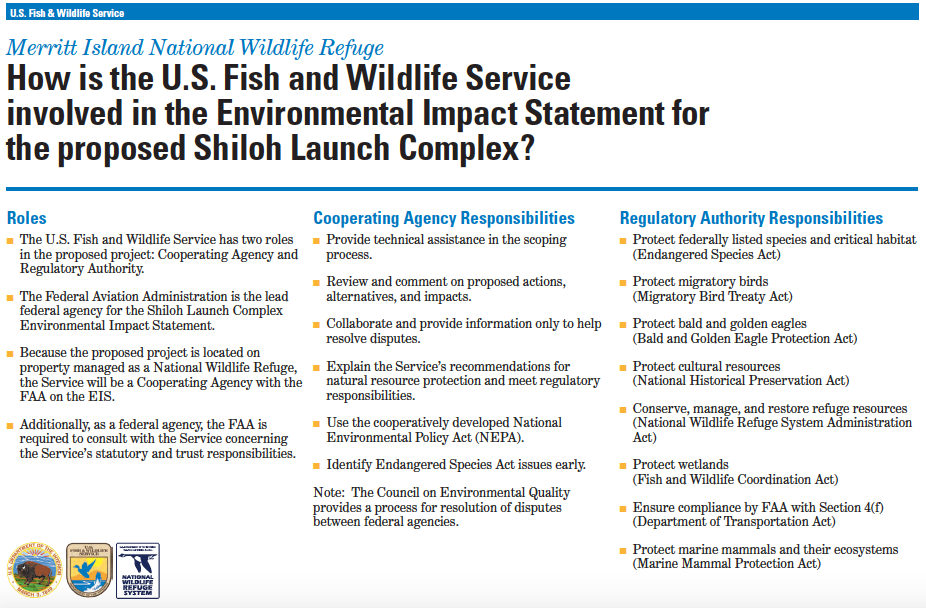Yesterday, as Tropical Storm Hermine brought wind and rain to the Space Coast; very few, if any, skiffs were on the water enjoying the mostly pristine beauty of Mosquito Lagoon.
The serenity of the quiet moment was interrupted when a thunderous series of booms shook the house again and again.
I immediately went outside to investigate, knowing it wasn’t thunder from a storm band rain shower approaching.
Moments later, social media began to break the story of an “anomaly ” that had just occurred when SpaceX was testing a rocket motor in preparation for an early morning launch on Saturday.
I went to a nearby dock and immediately saw the smoke plume rising to the south, nearly 17 miles away.
Thanks to safety protocols, no human life was lost, nor were there any injuries. The question that remains is: how much environmental damage might be done by the remnants of rocket fuel that were surely washed into the surrounding marshland when a deluge of water was applied to extinguish the massive fire.
Currently, Space Florida is awaiting an environmental impact study’s completion in an effort to bring just such a launch site to the MINWR, just 5-7 miles south of my home along the shores of Mosquito Lagoon. I hope that a fully transparent and objective study includes the aftermath of this incident in the study. The area being considered is home to many endangered and threatened species and is opposed by US Fish & Wildlife staff that run the Refuge.

Yesterday was a wake-up call. Space flight remains a risky business and with that in mind, I remain opposed to the Commercial Launch Facility that is proposed.
Shiloh Commercial Spaceport
In 2012, the State of Florida requested 150 acres of NASA land located at the north end of the Kennedy Space Center, near Daytona. The site – known as “Shiloh,” which is largely unpopulated at this time, would be developed into a dedicated commercial spaceport. Kennedy Space Center Director Robert Cabana communicated his support to the Federal Aviation Administration in April 2013 for the preparation of an Environmental Impact Study of the site. Today, the FAA’s Office of Commercial Space Transportation is working with the State of Florida to complete the Environmental Impact Study, which is anticipated to be complete by late 2015. Following the successful completion of that study, Space Florida will submit a formal application to the FAA for consideration of a Spaceport Operators License at the site.
I support the creation of a new launch facility on the current NASA campus where infrastructure already exists to respond to and manage the next inevitable “anomaly” when it occurs.
Continue to stay engaged on this issue and have your voice heard saying No Shiloh Launch Complex. The MINWR needs to remain pristine and clean.

